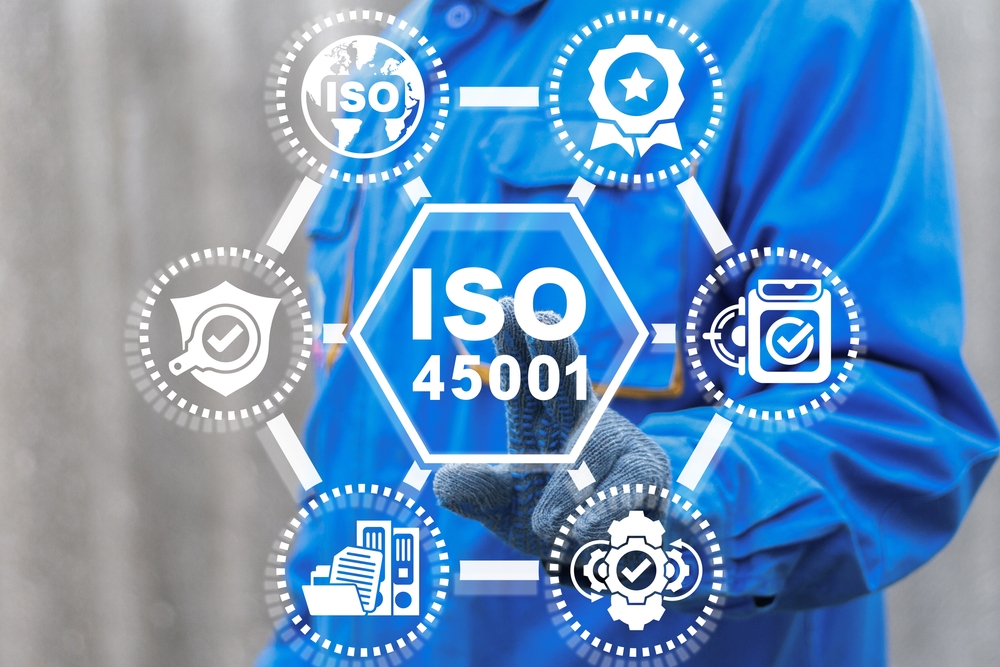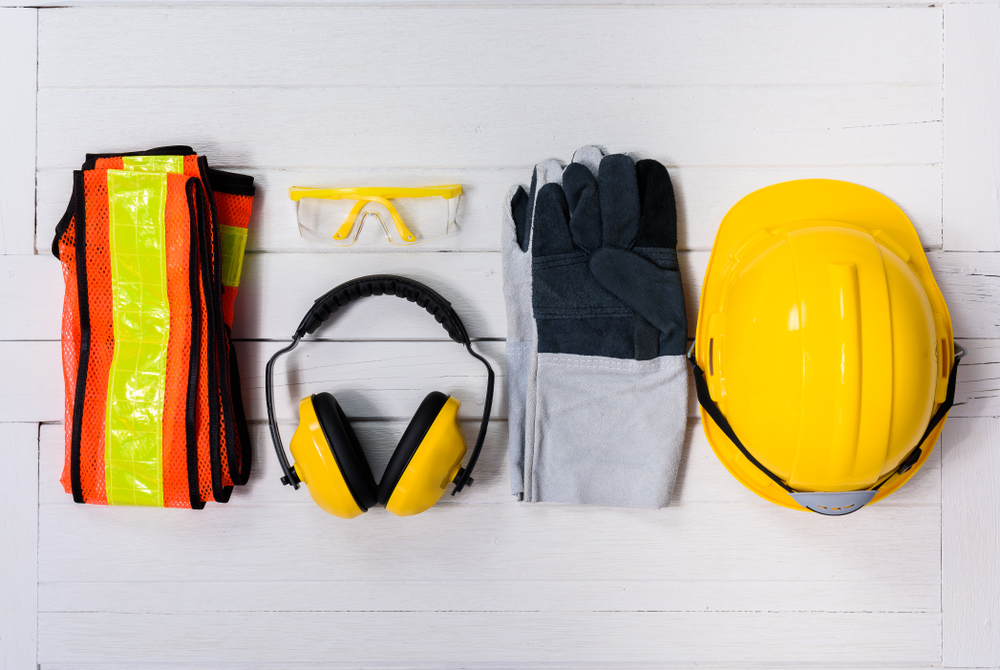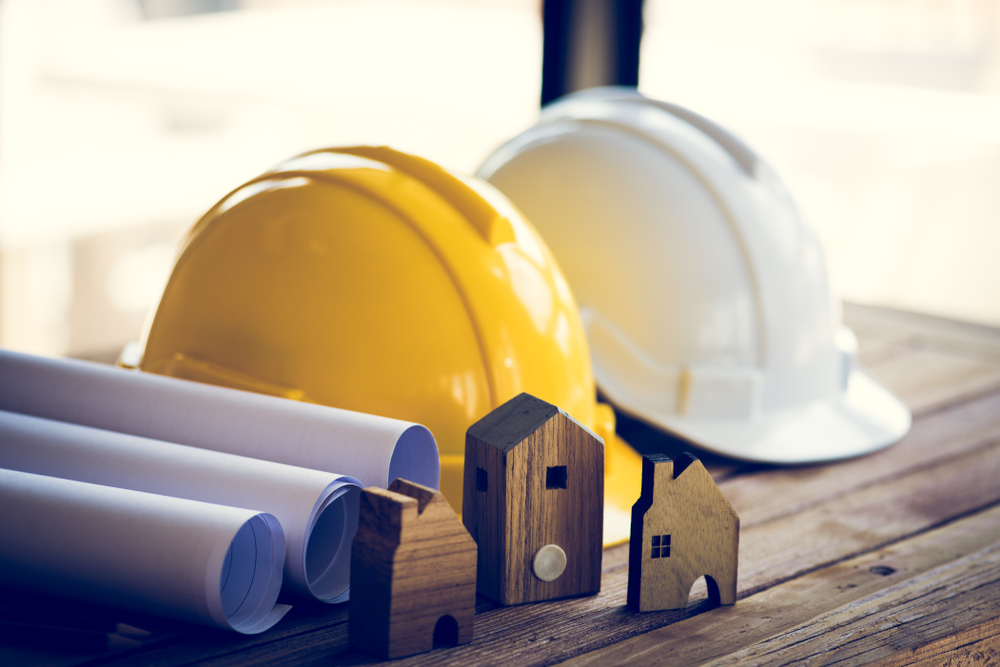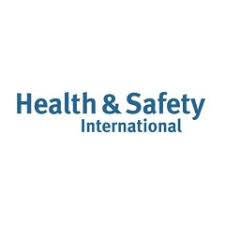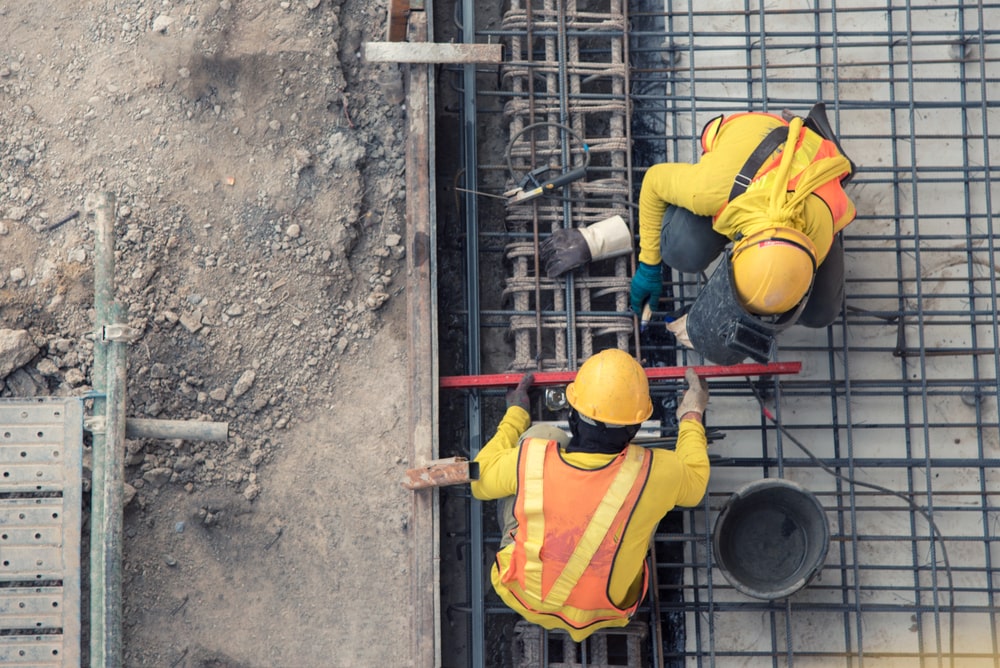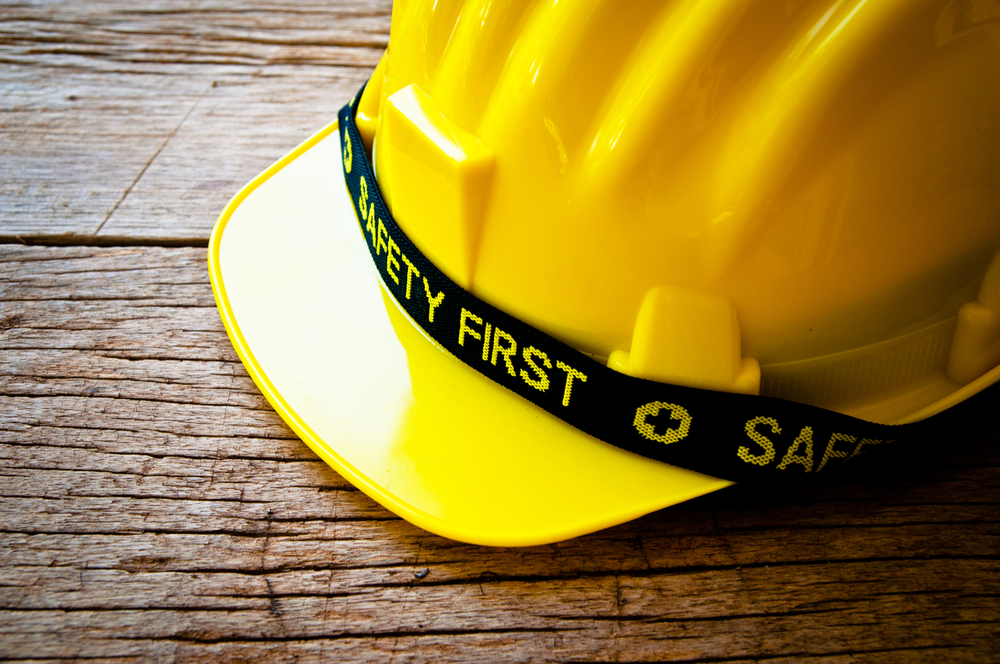News Post
Who Enforces Health and Safety?
The enforcement of health and safety is crucial to maintain healthy workplaces. The term health and safety itself covers the safety legislation and safety law that comes under the Health and Safety at Work Act 1974. In general, this means the steps that are put into place to keep people safe and prevent injury, particularly employees at work premises.
Both employees and employers have certain responsibilities to ensure the health and safety of themselves and their colleagues. The workplace health and safety guidance, established by the 1974 act, has been created to ensure employers have the necessary procedures in place for their premises.
Why do you need a workplace health and safety strategy?
When you’re part of any organisation, it becomes your responsibility to ensure that you and your colleagues are working in a healthy environment. No matter what type of premises you’re working on, be that dock premises, leisure premises or general larger premises, accidents are likely to happen.
The law supports the victims of workplace accidents, which is one of the reasons why it’s so important to have a health and safety strategy in place. Having a health and safety management plan helps if any work-related accidents occur and there is an accident investigation. When your organisation is prepared for safety inspections with safety enforcement strategies already in place, there’s no need to worry about legal issues arising.
Probably the most important reason why you should have a workplace health and safety strategy in place is so that any potential risks are identified and managed in advance. Not only will being aware of any future problems help your organisation to keep safe from accidents, but it will prevent accidents from happening in the first place. When it comes to safety matters, there’s no alternative to having a clear strategy to maintain control of workplaces as much as possible. Even something like incorrect risk assessments for display screen equipment could lead to complaints about the workplace.
If you receive any complaints about workplace conditions, you may have an inspection without any notice. If this is the case and you don’t have a foolproof workplace health and safety strategy, it’s likely there will be trouble for the company for not introducing preventative safety measures.
Who will enforce health and safety at work?
As mentioned before, health and safety is the responsibility of everybody in the workplace. Though the overall workplace health and safety responsibility falls on the employer, everyone needs to do their part in ensuring the safety of the workplace.
The Health and Safety at Work Act outlines the duty of care that all employers have for themselves and their colleagues. Depending on the industry and exact size of the workplace, health and safety regulations will differ, but, in general, the way to keep staff safe is to combine knowledge of workplace legislation with common sense strategies like ensuring protective equipment is used when necessary – on building sites, for example.
Local authorities can be enforced by local authorities in Great Britain - there are over 380 local authorities that can enforce health and safety legislation across a number of different activities and types of premises. In general, you’ll find that local authorities (also known as LAs), will look to enforce their authority on catering premises, offices, hotels, warehouses, distribution centres, and retail spaces.
The HSE (Health and Safety Executive) is a governing body that is responsible for health, safety and staff welfare within workplaces in the UK. As well as this, some companies may have dedicated Health and Safety managers to offer safety advice. This is most common across separate premises dealing with the public, like retail premises or perhaps Government premises, rather than in offices. The dedicated professional will be responsible for accident notifications, ensuring safe equipment and services like updating the accident book or having to record accidents or unsafe activity.
If you want to learn more or to speak to a health and safety executive to discuss any health & safety consultancy or training needs, request a quote or contact us on 0845 224 0028.
Latest News
Health and Safety in Schools Checklist
Health and safety should be a top priority in any workplace, but especially in schools. Not only are you responsible for your staff’s safety, but you need to maintain the welfare of your pupils too. To do so, you must uphold your legal complian..
It can be difficult to decide your future path - a lot can ride on it, after all - but a career in health and safety could be the right choice for you. There are several types of careers in the health and safety industry that might be a good fit..
What is ISO 45001?
If you’re wondering what ISO 45001 is, then this is the guide for you. Replacing the old OHSAS 18001 standard, ISO 45001 is the new international standard for occupational health and safety management. In this guide, we'l..
Who Enforces Health and Safety?
The enforcement of health and safety is crucial to maintain healthy workplaces. The term health and safety itself covers the safety legislation and safety law that comes under the Health and Safety at Work Act 1974. In general, this means t..
Health and safety training is a requirement in the workplace, no matter which sector you work in. Our experts at SMS Europe have been providing an extensive range of specialist health and safety services for almost 20 years. To help make work en..
Health and safety in the workplace is all about controlling risks in a way that protects both your employees and your company. Strong leadership, including your employees, managers, suppliers, contractors, and consumers, is a characteristic of great ..
Health and safety in the workplace is immeasurably important. But, without the Health and Safety at Work Act of 1974, we might have never prized safety so highly. This piece of workplace legislation is highly significant and indeed has transform..
Fire Safety and Fire Risk Assessment at Leased Offices and Buildings Fire safety at leased single and multi- tenanted offices can be approached in a number of ways. Generally speaking, there are three types of premises, (single occupancy lea..
Safety Gloves
Please have a read at SMSE Managing Director Philip Marsden's article on Safety Gloves which is published in the February 2022 edition of Health and Safety International Magazine. https://www.hsimagazine.com/article/fits-like-a-glove/ We wo..
Current Health and Safety Industry Trends
New Guidance Released for Managing Home Workers As an employer, you have the same health and safety responsibilities for those who work from home as you do for all other employees who may work from the workplace. In most cases, the dange..
Who Is Responsible for the Health and Safety on a Building Site? Legally, the responsibility of health and safety within the business lies with the employer. It is up to them to make sure the environment meets the necessary health and safety requi..
No one wants to be injured whilst at work, and no one wants their staff to be injured, especially whilst on the job. That doesn’t mean that accidents don’t happen. In fact, each year an average of 22 manufacturing workers die in workplace..



